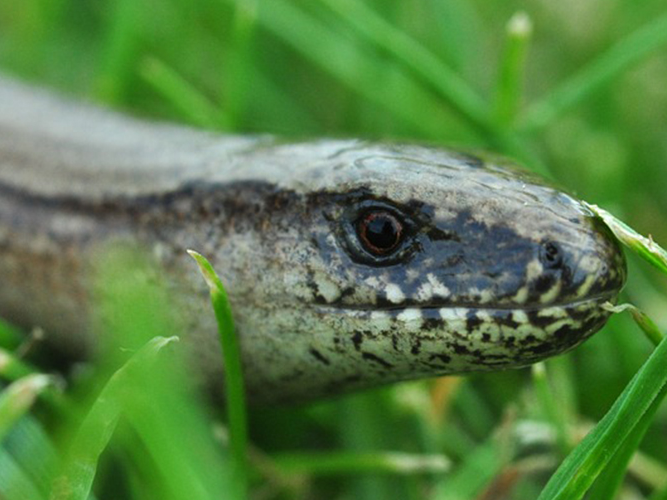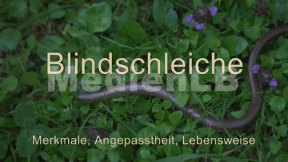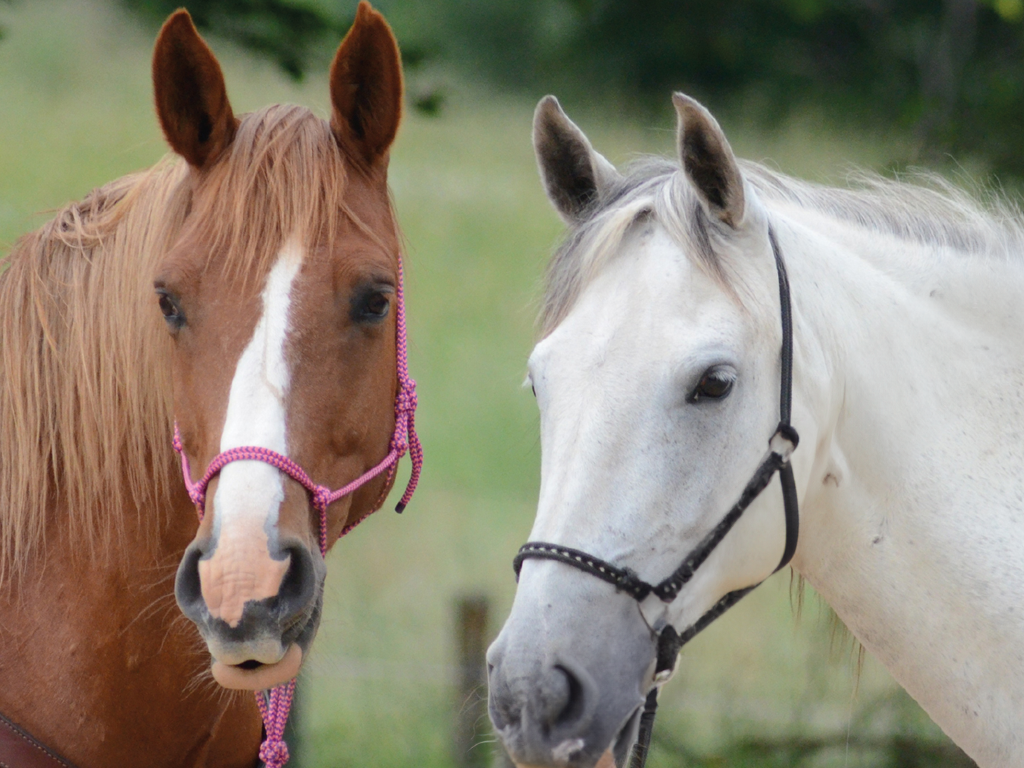
55501798
Unsere bekanntesten Bäume
In unserem Arbeitsheft Grundschule – Sachunterricht 3, Vol. 1 – Unsere bekanntesten Bäume finden Sie 50 interaktive und didaktisch aufbereitete Aufgaben.
Das Medium bietet H5P-Aufgaben an, die ohne zusätzliche Software verwendbar sind. Das Medium enthält 50 interaktive Videos und H5P-Aufgaben zum Thema Grundschule.
Durch interaktive Aufgabentypen wird das audiovisuelle und interaktive Lernen einfach.
Lernen macht jetzt Spaß!
Included Tasks
- 1. Ein Baum - was ist das eigentlich? Interaktive Aufgaben
- 2. Teile eines Baumes - Interaktive Aufgabe
- 3. Lebewesen Baum - der Stamm - Interaktive Aufgaben
- 4. Die Jahresringe - Interaktive Aufgaben
- 5. Verschiedene Wurzelformen - Interaktive Aufgaben
- 6. Laubbäume - Interaktive Aufgaben
- 7. Warum haben Bäume Blätter? - Interaktive Aufgaben
- 8. Blätter unter dem Mikroskop - Interaktive Aufgaben
- 9. Warum werfen Bäume im Herbst ihre Blätter ab? - Interaktive Aufgaben
- 10. Einhäusig-zweihäusig? - Interaktive Aufgaben
- 11. Der Ahorn - Interaktive Aufgaben
- 12. Die Birke - Interaktive Aufgaben
- 13. Die Buche - Interaktive Aufgaben
- 14. Die Eiche - Interaktive Aufgaben
- 15. Die Kastanie - Interaktive Aufgaben
- 16. Der Kastanienbaum im Jahreslauf - Interaktive Aufgabe
- 17. Die Linde - Interaktive Aufgaben
- 18. Die Pappel - Interaktive Aufgaben
- 19. Die Platane - Interaktive Aufgaben
- 20. Blattformen bei Laubbäumen - Interaktive Aufgaben
- 21. Blattformen zuordnen (1) - Interaktive Aufgabe
- 22. Blattformen zuordnen (2) - Interaktive Aufgabe
- 23. Obstbäume - Interaktive Aufgaben
- 24. Ein Apfel wächst auf dem Baum - Interaktive Aufgabe
- 25. Ein Kirschbaum in den vier Jahreszeiten - Interaktive Aufgabe
- 26. Nadelbäume - Interaktive Aufgaben
- 27. Die Fichte - Interaktive Aufgaben
- 28. Die Tanne - Interaktive Aufgaben
- 29. Unterschied Tanne und Fichte - Interaktive Aufgabe
- 30. Die Föhre - Interaktive Aufgaben
- 31. Die Lärche - Interaktive Aufgaben
- 32. Die Zirbe - Interaktive Aufgaben
- 33. Laub- oder Nadelbaum? - Interaktive Aufgabe
- 34. Bekannte Baumarten (1) - Interaktive Aufgabe
- 35. Bekannte Baumarten (2) - Interaktive Aufgabe
- 36. Bekannte Baumarten (3) - Interaktive Aufgabe
- 37. Welcher Baum ist das? Interaktive Aufgaben
- 38. Pssst! Bäume sprechen! - Interaktive Aufgaben
- 39. Bäume bieten Wohnraum - Interaktive Aufgaben
- 40. Baumkindergarten - Interaktive Aufgaben
- 41. In der Baumschule - Interaktive Aufgaben
- 42. Interessantes zum Thema Baum - Interaktive Aufgaben
- 43. Der Keltische Baumkreis - Interaktive Aufgaben
- 44. Bäume als Holzlieferanten - Interaktive Aufgaben
- 45. Vom Baum zum Bett - Interaktive Aufgabe
- 46. Legekreis Baum - Bastelvorlagen
- 47. Legekreis Baum - Arbeitsanleitung NNGF
- 48. Vorlagen für Bastelfreunde
- 49. Arbeitsanleitung Baumkörbchen
- 50. Arbeitsanleitung Faltbäume
Curriculum-centred and oriented towards educational standards
Matching
Slow Worm
The slow worm is a small, completely harmless lizard, which – contrary to its German name “Blindschleiche”– is perfectly able to see and is often mistaken for a snake because it has no legs and an elongated body. The German name is presumably derived from the Old High German word “Plintslicho”, which means “blinding sneaker”. This probably refers to the pretty, shining skin surface of the slow worm.
Horses
They are the epitome of power and elegance. Man domesticated them long after dog and cat, they provided meat, were strong agricultural helpers pulling ploughs and other implements. These hard times are over for the animals – their range of service has changed. The most favourite animal of many children and grown-ups, it has changed from former working animal to today’s companion for sport and leisure. The horse breeds known today are descended from a primeval horse. It lived about 50 million years ago – that is fifty with six zeros after it!









